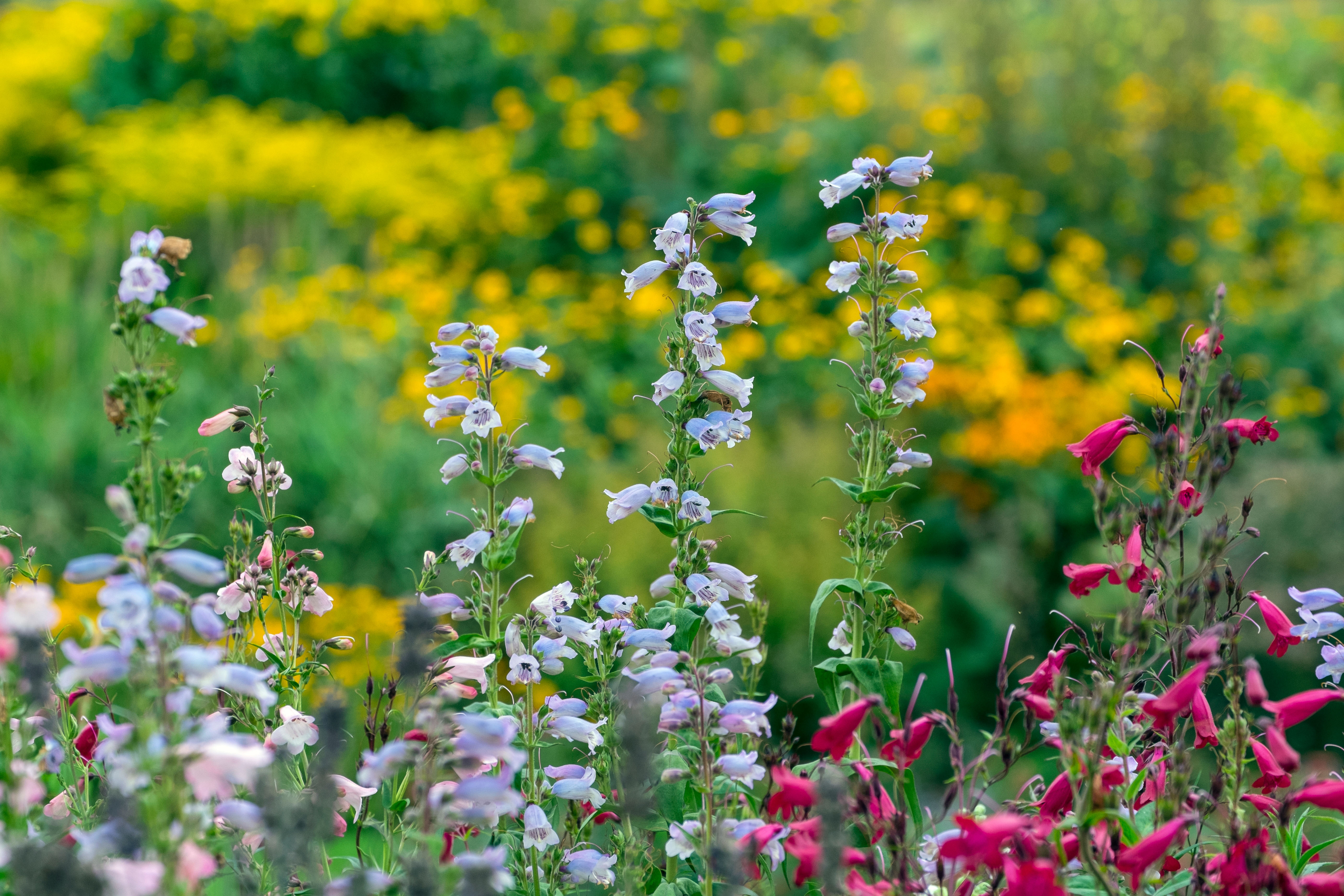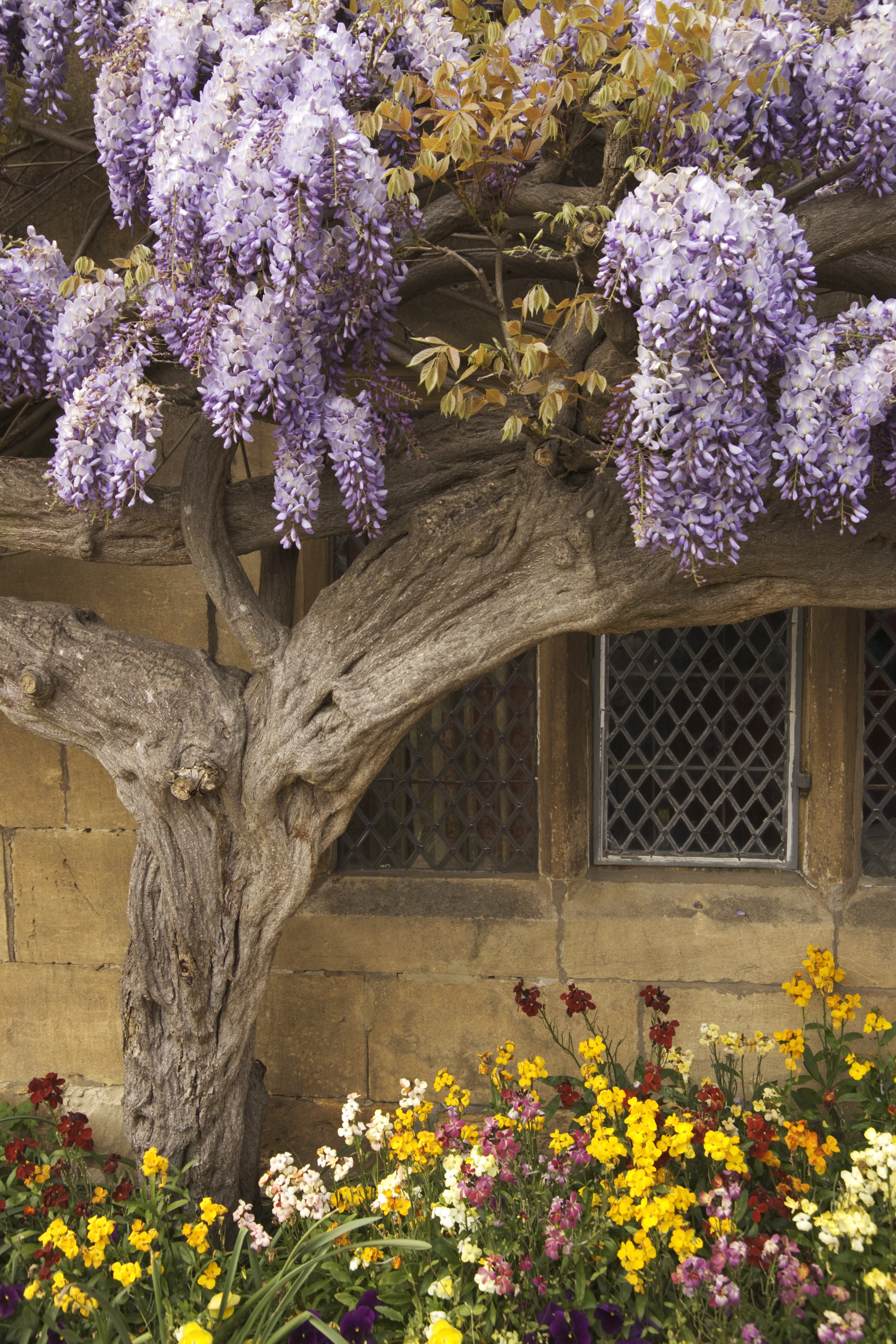Alan Titchmarsh: 'Gardeners always think that next year will be so much better than last year; farmers always fear it will be worse'
Alan Titchmarsh on the joys of the flowers that come to our late summer gardens — and the anticipation of starting to plan for next year.


There is a tide in the affairs of gardens... at least in cool temperate zones such as the British Isles. It is a gentle shifting of the seasons — imperceptible at first and then more pronounced.
After a winter of widespread flooding, this summer has left lawns parched and straw-like; saved from oblivion only by timely thunderstorms — although grasses are a powerful force of Nature, often capable of recovering from droughts that would see off plants of feebler constitution.
But then, as the northern hemisphere begins to ease away from the sun, the seasonal variation manifests itself in September with a sweet-and-sour tang in the air; a heavier dew in the morning and the knowledge that we are slipping, sliding — hopefully not tumbling — towards autumn.
September can be kind, the weather more settled than in capricious June or dreary October — temperatures comfortable rather than stifling — but, for gardeners, it is a bittersweet time for reflection and anticipation.
Some flowers are reminders of the fading of summer — those perennial asters the Michaelmas daisies and many of the red-hot pokers. I used to think of the Japanese anemones (Anemone japonica and A. hybrida) as indicators of the new academic year, but they now seem to bloom earlier — sometimes even in July — as if my time, together with the years, is slipping away faster than before.
"September should always be a hopeful month — even in years such as this one. A farewell to what has been and the anticipation of what is to come."
Anemones such as Wild Swan serve only to confuse, as they have been bred to have a much longer flowering season than good old Queen Charlotte or Honorine Jobert, both reliable end-of-summer bloomers that I always associate with my studentship at Kew Gardens back in the late 1960s. They were in flower when I arrived, fresh, eager and nervous in equal measure from the Yorkshire Dales, plunged into London life like an innocent abroad.
I grow them in my own Hampshire garden and, this year, they were — once more — in full bloom in August. Perhaps, at Kew, I caught them well into their flowering season and my melancholia at seeing them blooming ever earlier is no more than a mature man’s wistfulness at the passing of youth.
Exquisite houses, the beauty of Nature, and how to get the most from your life, straight to your inbox.
If you plant them for your mid-to-late summer pleasure, be patient. Sometimes, they take a year or two to settle in, but then they are reliable perennials, planted halfway back so that their foliage is a backdrop to earlier flowers and prolonging the interest of bed and border well into October.
September is bulb-ordering and bulb-planting time; the joys of anticipation are many and varied as you scroll through internet images of new varieties to try or leaf through colourful catalogues, making a list that is far too long and far too costly to accommodate. Yet the very action is filled with hope and delight as you see in your mind’s eye a display that will be better than ever before. This, I maintain, is the difference between gardeners and farmers — gardeners always think that next year will be so much better than last year; farmers fear it will be worse.

For years, when our children were young, we joined friends in a rambling old house on the Sussex coast for the last hurrah of the summer. They were bucket-and-spade holidays with sand on the lino and tiny tots hurled into a massive blue bathtub before being tucked up in bed as the parents enjoyed a glass or two watching the sun go down. Daily, the two or three families would walk along the gravelly path between the house and the sea, children in pursuit of an ice cream and grown-ups gossiping about this and that. For me, it was a time to peer over the low brick garden walls that preserved the sea views of the various houses and marvel at the variety of plants and flowers that can grow on the southern coast of the British Isles.
As a marker of the changing seasons, there would come a day when the garden that had been brilliant with summer bedding — everything from begonias and tobacco plants to pelargoniums and petunias — would overnight be turned to a blackened mass of flowers and foliage, when onshore salt-laden breezes had burned these tender plants as effectively as any bonfire. Where once the spirits had been lifted by bright, if unsophisticated, plantations, the sight that met the eyes was now one of sadness at its passing.
But, as any gardener knows, the fading of one group of plants gives way to the blossoming of another. September should always be a hopeful month — even in years such as this one. A farewell to what has been and the anticipation of what is to come. Regardless of age.

Credit: Alamy
Alan Titchmarsh: The best time of year to plant tulips
Alan Titchmars on planting tulips - and avoiding the grind of removing and storing bulbs every year.

Alan Titchmarsh: The poetic pleasure of plant names
Our gardening expert on the days spent learning the names of some of the most obscure plants in Britain.

Credit: Gary K Smith / Alamy
Alan Titchmarsh: The ultimate flower for the lazy gardener
Penstemons are easy to grow, hardy, and flower for months — even the slugs don't both them. They might just be

Credit: Getty
Alan Titchmarsh: A foolproof guide to growing wisteria
If you've been enviously eyeing the extraordinary wisteria on display across Britain this summer and wondering how you can grow
Alan Titchmarsh is a gardener, writer, novelist and broadcaster.
